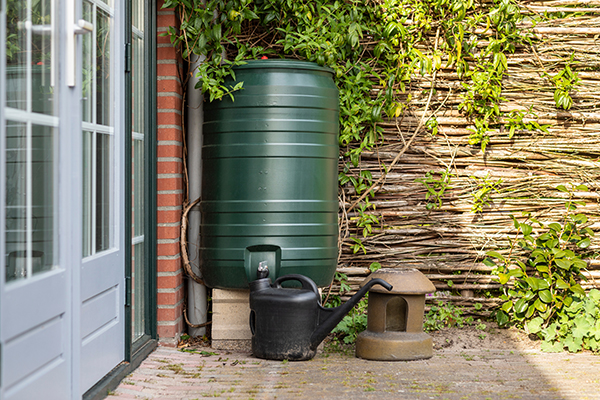
In the event of a power outage, an olive oil lamp is one of the best alternative sources of light for home use. For starters, olive oil burns without spreading toxic hydrocarbons into the air. It's also inexpensive, widely available and perfect for home gardening.
Plus, olive oil is much safer than kerosene oil. It does not ignite very easily if the flame drops down into the oil. Before igniting, it would have to be heated to its flashpoint (around 600 degrees) — the temperature at which it gives off enough vapor to spark a flame. Oils with a lower flashpoint like kerosene oil (around 100 degrees) are more likely to catch fire.
Many ancient civilizations used olive oil as lamp oil. The Ancient Romans, for example, were fond of burning olive oil to light up their homes. In fact, olive oil is believed to have been the primary source of fuel in the Mediterranean.
How to make your own olive oil lamp
You'll need the following items for this DIY olive oil lamp: (h/t to ModernSurvivalBlog.com)
- 1/8 cup pure olive oil
- 1 wire hanger (or a 12-gauge bare copper)
- 1 candle wick
- 1 canning jar
- Needle-nose pliers
Instructions:
- Grip the pliers firmly to the metal wire and twist back and forth until it snaps.
- Grip the end of the wire and then wrap it around the head of the pliers about 5 times around. Do this a bit loosely to make it easier to slide the wire off of the pliers afterward.
- Use a screwdriver to assist in pushing the wound wire off of the pliers. This wound wire will serve as the wick holder.
- Shape the wire such that the wound portion will sit on the bottom of the jar. Bend the rest of the wire up the edge of the jar to form a handle over the jar’s brim.
- Bend back the top portion of the wick holder. This will allow the wick to point upwards when inserted later.
- Form a hook to hang over the jar's brim.
- Pry apart the topmost spiral so that the wick can slip through.
- Once the wick is through the wire, pinch the wire so the wick won’t fall back through. Do not pinch it too tightly or you won’t be able to easily feed the wick later.
- Trim excess wick. Too much wick can cause the flame to smoke.
- Fill the jar with pure olive oil to a level partway up the wick holder. Pour the oil over the top of the wick to speed up soaking.
- Light the wick once fully soaked. Take note that because olive oil is not as readily flammable as petroleum fuels, it will take longer to ignite.
- Insert the flaming wick assembly back into the jar and light up your home with the lamp.
This olive oil lamp costs only around 15 cents per hour (or less if you manage to find cheaper pure olive oil). By comparison, ordinary votive candles cost around 3 to 5 cents per hour, though they do not quite burn as brightly as olive oil lamps. (Related: How to make survival candles with soy wax.)
Keep in mind that though olive oil is less flammable, it's still important to take extra care. As with any open burning flame, never leave your oil lamp unattended and always keep it out of reach of children and pets.
An olive oil lamp is one of the best lighting options in the event of a grid failure. Less flammable and smoke-free, it can light up your home without polluting the air indoors. Make your own olive oil lamp now using this DIY guide.
Sources include:
Please contact us for more information.





















